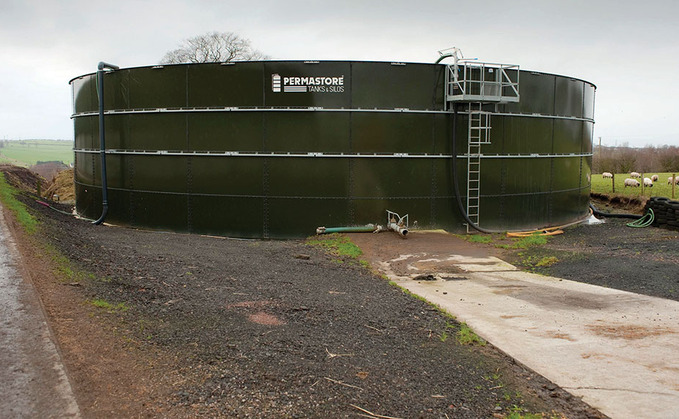
Agricultural support in Scotland is in a period of transition as post-Brexit policy takes shape, but whatever happens it is certain that grants will have an increasingly important role.Some will encourage...

Agricultural support in Scotland is in a period of transition as post-Brexit policy takes shape, but whatever happens it is certain that grants will have an increasingly important role.Some will encourage...